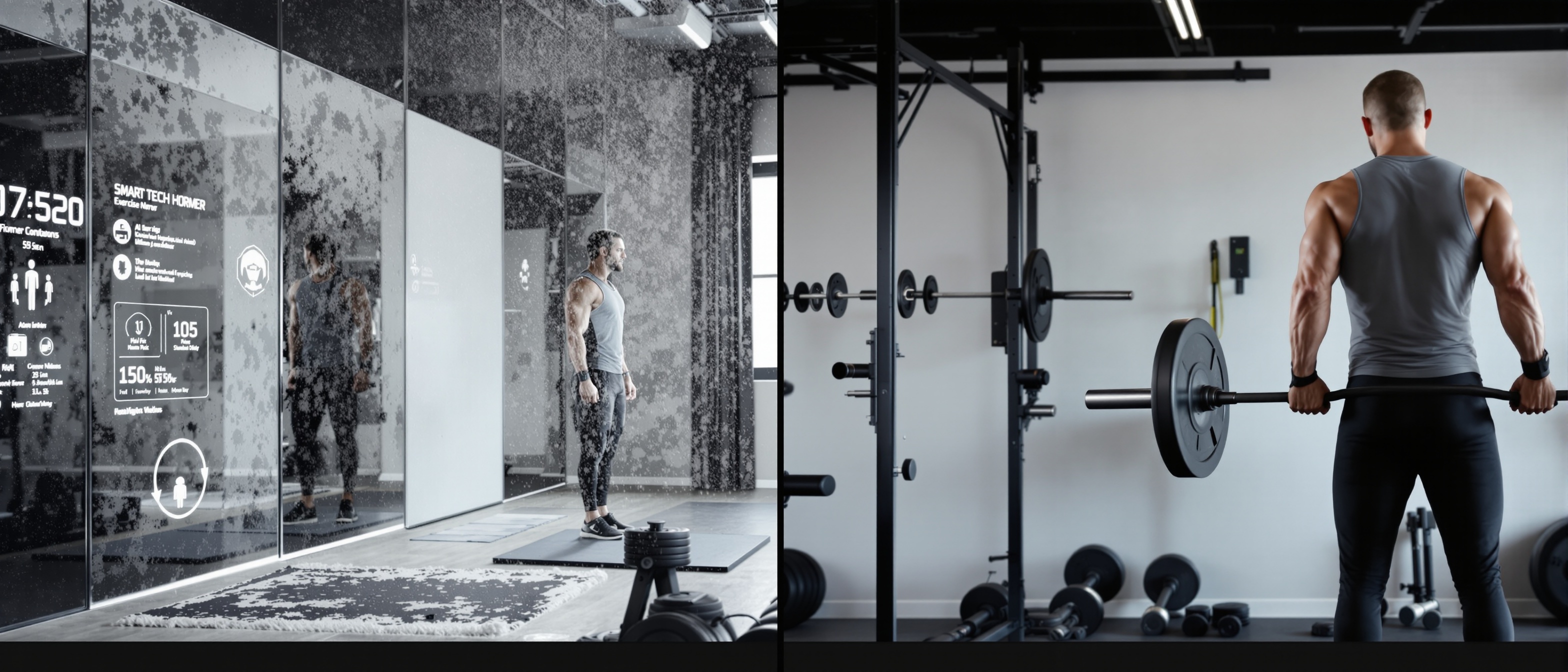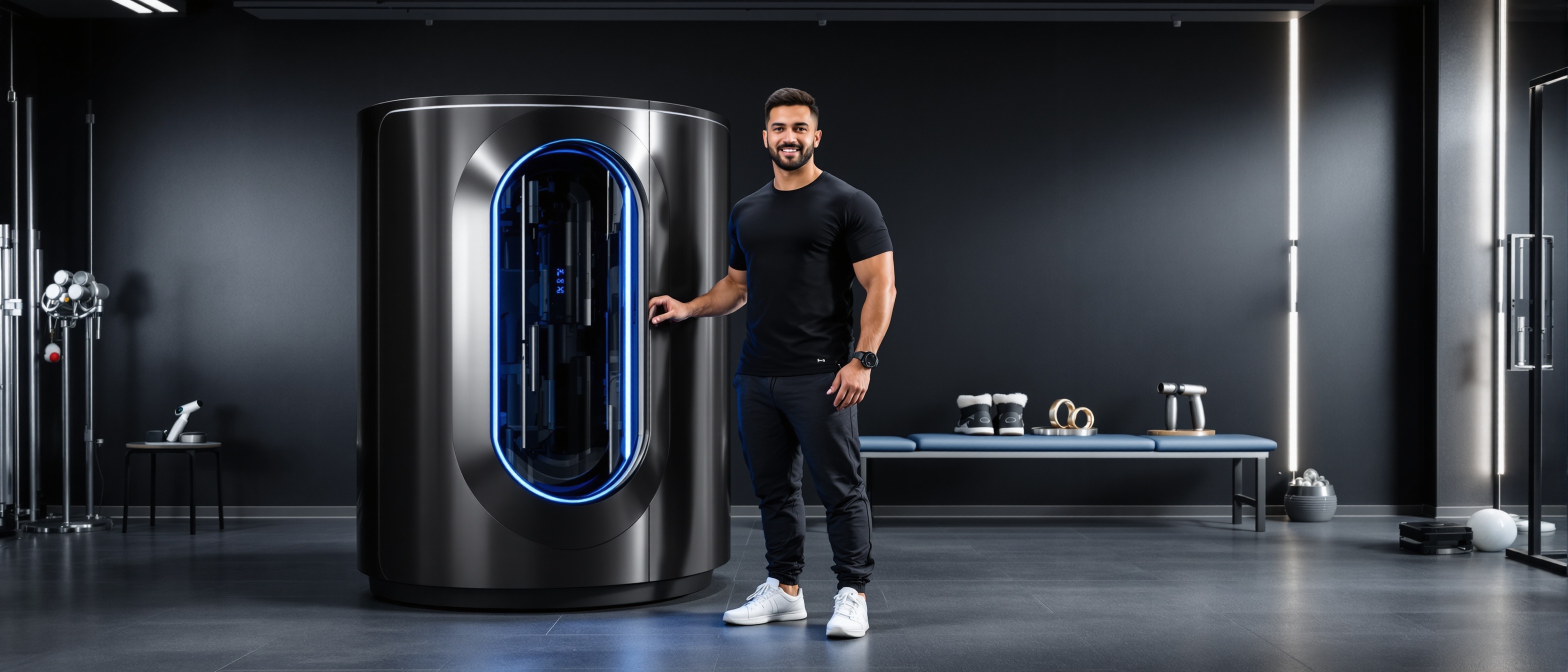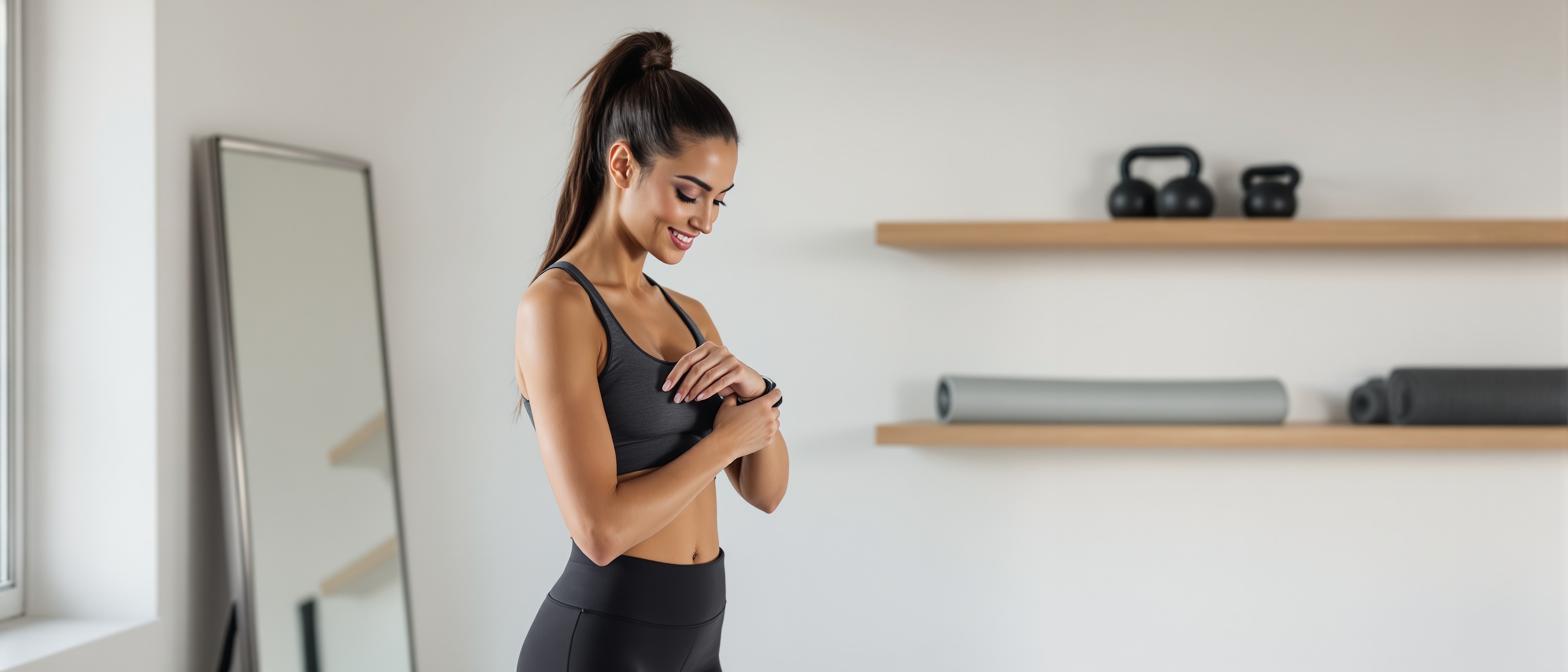Your Neighbor's $15K Home Gym Is Gathering Dust (Here's Why)
Your neighbor just spent $15,000 on a home gym that looks like it belongs in a sci-fi movie. Smart mirrors, AI trainers, equipment that syncs with their phone—the works. But here's what they won't tell you: half of it's gathering dust already.
Meanwhile, searches for "home gym equipment" are still hitting record highs in 2025. People aren't just buying gear anymore—they're building entire fitness ecosystems in their basements, spare rooms, and garages. The question isn't whether you should build a home gym. It's whether you'll build the right one.
Because here's the brutal truth: most people are approaching this completely wrong.
The Home Gym Revolution Nobody Saw Coming
Think the home fitness boom peaked during lockdown? Think again.
Post-pandemic, something interesting happened. Instead of running back to commercial gyms, millions of people discovered they actually preferred working out at home. No commute. No waiting for equipment. No judgment from that guy who grunts through every rep.
But here's where it gets fascinating: the equipment landscape has completely transformed. We're not talking about dusty Bowflex machines anymore. The latest fitness trends show a split between two camps—and picking the wrong side could cost you thousands.
On one side, you've got the tech enthusiasts dropping serious cash on smart machines that promise to revolutionize their workouts. On the other, minimalists are building incredibly effective setups with just a few pieces of traditional gear.
Both can work. But only if you know which path matches your actual workout style—not the one you think you want.
Smart Machines vs. Traditional Gear: The Real Truth
Here's what the equipment companies don't want you to know: that $4,000 smart home gym might be less effective than a $300 setup.
I'm not anti-technology. Smart machines can be incredible—if you're the right type of person. They excel at guidance, tracking, and motivation. That Tonal or Mirror can correct your form, adjust resistance automatically, and gamify your workouts.
But here's the catch: they require you to show up consistently and engage with their ecosystem. Miss a few weeks, and that expensive piece of tech becomes the world's most expensive coat rack.
Traditional equipment, on the other hand, is brutally honest. A barbell doesn't care if you haven't used it in a month. Dumbbells don't need software updates. They just work—whenever you're ready.
The psychology here matters more than the features. Smart machines work best for people who thrive on structure, data, and external motivation. Traditional gear suits those who prefer flexibility and don't need digital handholding.
Ask yourself this: Do you actually use fitness apps consistently, or do you download them with good intentions then forget they exist? Your honest answer should drive your equipment choice.
The Space and Budget Reality Check
Everyone dreams of a massive home gym. Most people have a 10x10 spare room and a modest budget. Here's how to make it work without compromise.
Tiny Spaces, Big Results
That cramped spare bedroom? It's actually perfect. Constraints force creativity. A few adjustable dumbbells, a quality bench, and resistance bands can deliver more variety than most commercial gyms.
The key is vertical thinking. Wall-mounted systems, ceiling anchor points, and foldable equipment multiply your options without eating floor space. TRX suspension trainers, for example, store in a shoebox but enable hundreds of exercises.
Budget Brackets That Actually Work
Under $500: Focus on versatility over variety. Adjustable dumbbells, a stability ball, and resistance bands. You can hit every muscle group and progress for years.
$500-$2000: Add a quality bench and barbell setup. This sweet spot covers 90% of effective strength training without breaking the bank.
$2000+: Now you can consider smart machines—but only if you've proven you'll actually use them. Too many people skip the basics and jump straight to expensive tech they'll abandon.
Here's the uncomfortable truth: your success has almost nothing to do with how much you spend. The best home gym is the one you'll actually use three times per week for the next five years.
The Setup Secrets Nobody Mentions
The difference between a home gym that transforms your fitness and one that collects dust often comes down to details nobody talks about.
The Mirror Rule
You need to see yourself—not for vanity, but for form. Even experienced lifters benefit from visual feedback. A simple wall mirror costs $30 but prevents thousands in potential injury costs.
Flooring Matters More Than Equipment
Drop a weight on hardwood once, and you'll understand. Proper flooring isn't just protection—it's psychological. Rubber mats or interlocking foam tiles create a "real gym" feeling that makes you take workouts more seriously.
The Temperature Factor
Garages get hot. Basements get cold. Both kill motivation faster than any equipment failure. A fan or small heater is often the difference between consistent workouts and excuses.
Essential Accessories (The Stuff You Actually Need)
- Quality bluetooth speaker (music transforms everything)
- Basic first aid kit (safety isn't optional)
- Towels and water station (convenience keeps you moving)
- Proper lighting (nobody wants to work out in a dungeon)
- Storage solutions (clutter kills motivation)
These "boring" additions often matter more than the flashy equipment. They remove friction between you and your workout.
The One-Week Test
Here's how to know if your setup will work long-term: use it every day for one week. Not necessarily hard workouts—just show up and move. If it feels like a hassle by day three, fix the friction points now. Waiting won't make them better.
TL;DR: Your Home Gym Success Formula
• Smart machines = great for structure lovers who use apps consistently • Traditional gear = bulletproof for self-motivated fitness enthusiasts
• Space constraints force creativity—often leading to better results • Your budget matters less than consistent use over time • Setup details (mirrors, flooring, temperature) often determine success • Test your system for a week before adding more equipment • The best home gym is one you'll use in 5 years, not just 5 weeks
Building the ultimate home gym in 2025 isn't about having the latest smart equipment or the biggest space. It's about creating an environment that removes every excuse between you and better fitness.
The question isn't what equipment you need—it's what kind of person you are and what setup will serve that person for years to come. Answer that honestly, and your home gym will become the best investment you've ever made.
Now stop researching and start building. Your future self is waiting.





